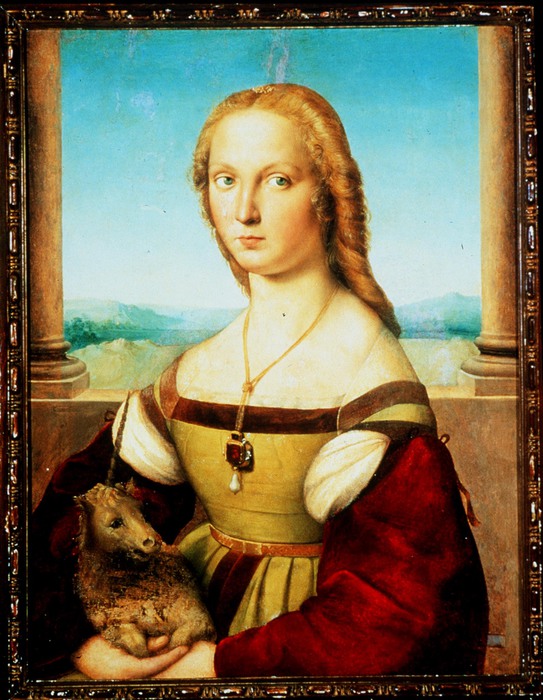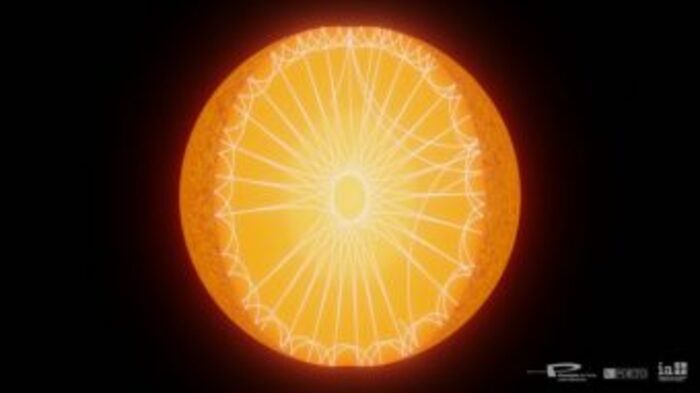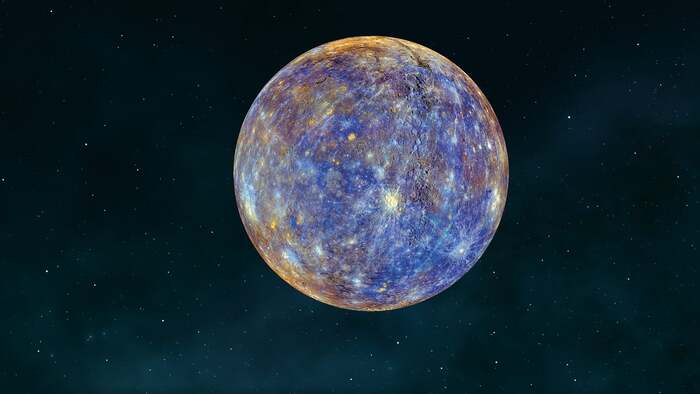In the constellation Unicorn: "Like a mythological creature" - astronomers enthusiastic about new photo of Cone Nebula
Created: 2022-11-10 2:03 p.m
Cone Nebula, in the constellation of Unicorn, looks like a "mystical being," according to astronomers at the European Southern Observatory (ESO).
©ESO/dpa
The Cone Nebula in the constellation of Unicorn was discovered in the late 18th century.
But now astronomers are over the moon about a new recording.
Munich – Because of its shape, the dark nebula, 2,500 light-years away, is called the Cone Nebula.
The interstellar constellation in the constellation Unicorn.
The Cone Nebula is part of a much larger complex containing a star cluster (the Christmas Tree Star Cluster) and diffuse nebula.
It is considered a well-studied celestial object.
Astronomers have now managed to take a mystical picture.
"This sight is more dramatic than all previous ones, because it shows the dark and impenetrable cloud cover of the nebula in a way that is reminiscent of a mythological creature," said the European Southern Observatory (ESO) on Thursday.
At the center is the seven light-year long pillar of the nebula where stars form.
NGC 2264: The so-called Christmas tree star cluster belongs to the Cone Nebula in the constellation of the Unicorn.
© imago
Cone Nebula in the constellation of Unicorn - Dramatic capture of dark cloud
In astronomy, dark nebulae or dark clouds are large clouds of interstellar matter that absorb the light of objects behind them.
The Cone Nebula was discovered by astronomer William Herschel in the late 18th century.
According to ESO, the new recording was made in Chile with a so-called Very Large Telescope (VLT).
ESO's Very Large Telescope (VLT).
ESO's Very Large Telescope (VLT) is one of the most advanced optical telescopes in the world, according to the European Observatory's (ESO) website.
It consists of four main telescopes with primary mirrors of 8.2 meters in diameter and four movable auxiliary telescopes with a diameter of 1.8 meters.
The large telescopes are called Antu, Kueyen, Melipal and Yepun and can also be used individually.
"It is a flagship of European ground-based astronomy".
Cone Nebula huge clouds of cold molecular gas and dust
The nebula is a perfect example of the columnar shapes formed in the vast clouds of cold molecular gas and dust, Eso writes.
The columnar shape is formed when massive, newly formed bright blue stars emit stellar winds and intense ultraviolet radiation that blow material away from their surroundings.
According to the researchers, gas and dust are compressed into dense, dark and tall columnar structures at a greater distance from the young stars.
also read
From the Aldi cashier to the model: only 12 seconds made Elaine Victoria famous
Severe earthquake shakes Italy: Experts count a total of 89 earthquakes within a few hours
In the picture, hydrogen gas is shown in blue and sulfur gas in red.
Using these filters makes the otherwise bright blue stars, indicative of recent star formation, appear almost golden.
(ml, dpa)


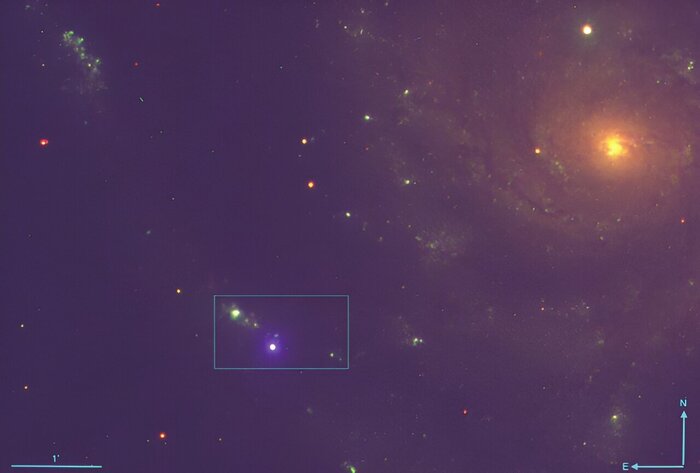
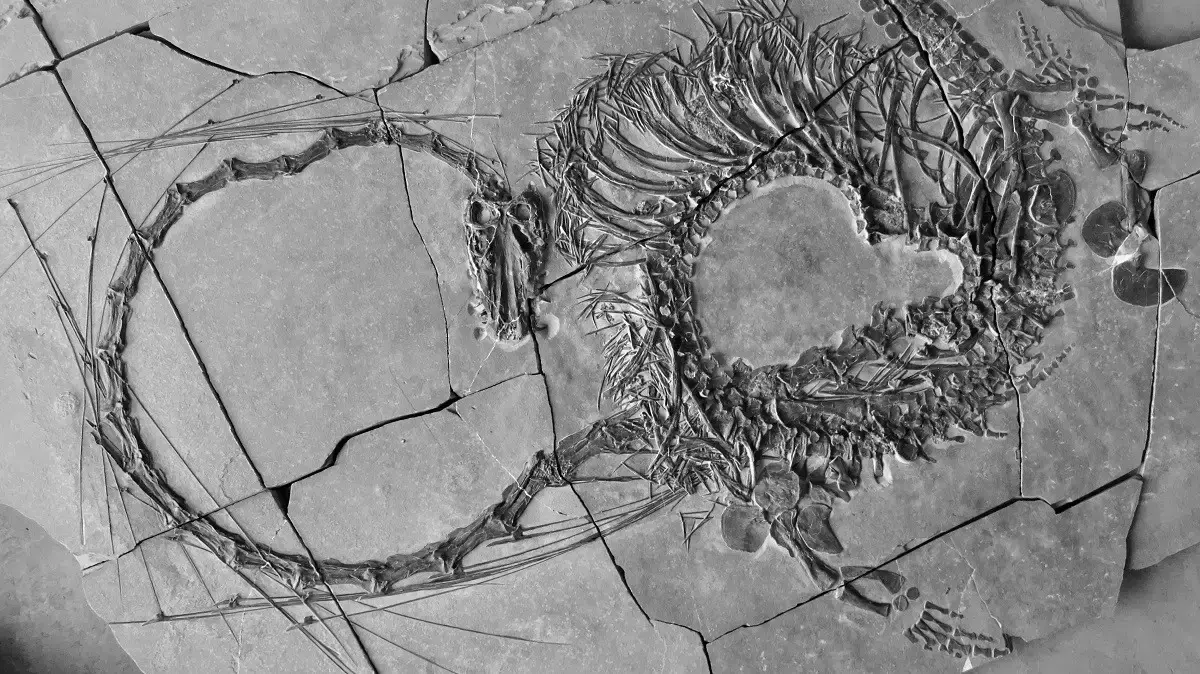
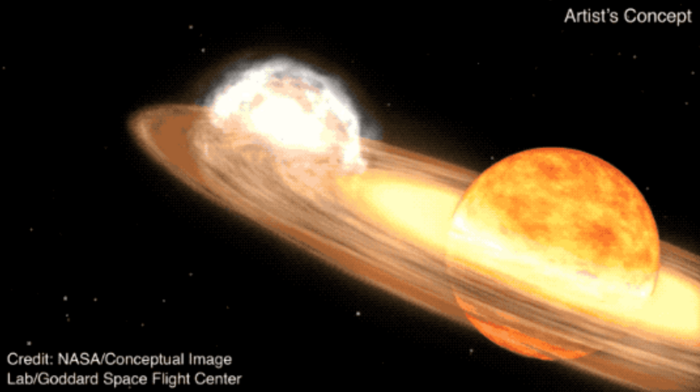
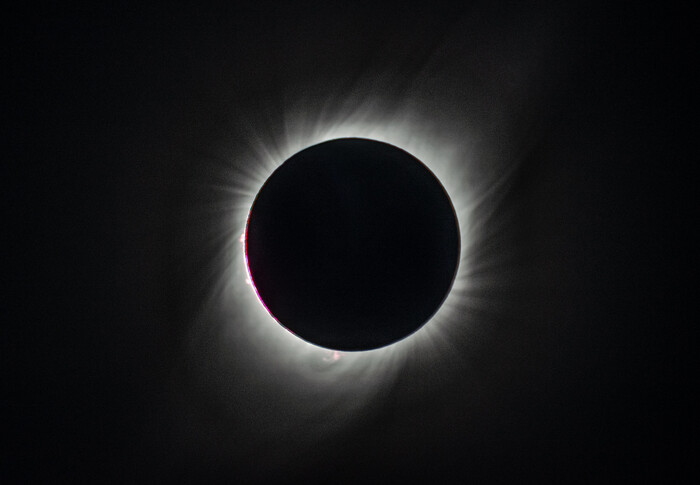
/cloudfront-eu-central-1.images.arcpublishing.com/prisa/CY3MBVCW4BE4ZPFNI4WI4AQ6IE.jpg)
